Gait disorders

Gait and instability
Causes, symptoms and treatment
Gait refers to the pattern of walking or how a person moves their limbs while walking. It is a complex process that involves the coordination of various body systems, including the musculoskeletal, nervous, and sensory systems.
Gait disorders encompass a range of conditions that can affect an individual's ability to walk normally, resulting in an abnormal or unsteady gait. These disorders can occur at any age, from infancy to old age, and may have various underlying causes.
Common gait disorders and their causes
Parkinson's disease, cerebral Palsy, stroke (Cerebrovascular Accident - CVA), multiple Sclerosis (MS) will all cause some sort a gait dysfunction to different degrees.
Musculoskeletal conditions (e.g., osteoarthritis, herniated disc)
Target Age: Varied, but often more prevalent in older adults.
Causes: Musculoskeletal conditions affecting the spine, hips, knees, or other weight-bearing joints can alter gait by causing pain, reduced range of motion, or mechanical limitations in movement.
Chiropractic care for gait disorders
Chiropractic care can play a crucial role in managing gait disorders by addressing the musculoskeletal and nervous system aspects that contribute to abnormal gait patterns. Chiropractors are healthcare professionals who specialize in diagnosing and treating neuromuscular disorders, including those affecting gait.
Spinal Adjustments:
Chiropractors use spinal adjustments and manipulations to realign the spine, improve joint mobility, and reduce nerve interference. Proper spinal alignment enhances nerve communication and can alleviate gait issues caused by spinal misalignments.
Muscle and Joint Rehabilitation:
Chiropractors may prescribe therapeutic exercises and stretches to strengthen weak muscles and improve joint flexibility. This approach helps enhance overall stability and coordination, contributing to better gait control.
Balance Training:
Gait disorders often involve balance disturbances. Chiropractors can implement specialized balance training programs to help patients regain their equilibrium and reduce the risk of falls.
Pain Management:
If gait abnormalities result from pain related to musculoskeletal conditions, chiropractors can offer non-invasive pain management techniques to alleviate discomfort and improve mobility.
Lifestyle recommendations
In addition to specific chiropractic interventions, chiropractors play a crucial role in guiding patients with gait disorders toward adopting healthier lifestyle choices. These recommendations aim to enhance the effectiveness of chiropractic care and promote better overall health, which can have a positive impact on gait and mobility. Some key lifestyle recommendations include:
Proper nutrition: Chiropractors emphasize the importance of a well-balanced and nutrient-rich diet to support the body's healing processes. Nutritional deficiencies can contribute to muscle weakness, fatigue, and impaired nerve function, all of which can exacerbate gait problems. A diet rich in fruits, vegetables, whole grains, lean proteins, and healthy fats provides essential nutrients that aid in tissue repair, muscle function, and overall vitality.
Weight management: Maintaining a healthy weight is vital for individuals with gait disorders, especially those with musculoskeletal conditions. Excess body weight places additional stress on weight-bearing joints, such as the hips, knees, and ankles, potentially worsening gait abnormalities. Chiropractors can offer guidance on weight management strategies, including diet and exercise, tailored to individual needs.
Posture awareness: Proper posture is essential for maintaining good balance and preventing additional strain on the spine and joints. Chiropractors educate patients on correct posture during standing, sitting, and walking to minimize the risk of falls and injuries. They may also recommend ergonomic adjustments in the workplace or home environment to promote better posture and gait mechanics.
Exercise and physical activity: Engaging in regular physical activity is beneficial for overall health, muscle strength, and flexibility. However, the choice of exercises should be carefully considered based on the specific gait disorder and its underlying causes. Chiropractors can suggest tailored exercise programs that focus on improving gait, balance, and stability while avoiding activities that may exacerbate existing conditions.
Fall prevention strategies: Gait disorders often increase the risk of falls, which can lead to serious injuries, especially in older adults. Chiropractors assess patients for fall risk and provide practical strategies to minimize hazards in the home environment. They may recommend installing handrails, removing tripping hazards, and using assistive devices such as canes or walkers, if necessary.
Stress management: Chronic stress can negatively impact overall health and exacerbate certain health conditions. Chiropractors recognize the connection between emotional well-being and physical health and may offer stress management techniques, such as relaxation exercises, mindfulness practices, or counseling referrals, to support patients in coping with stress effectively.
Avoiding harmful habits: Chiropractors advocate for avoiding harmful habits that can hinder recovery and exacerbate gait disorders. This includes discouraging smoking, excessive alcohol consumption, and the misuse of prescription medications or recreational drugs, which can all interfere with healing and overall well-being.
Regular chiropractic checkups: Once the initial treatment phase is complete, chiropractors often recommend regular checkups to monitor progress, address any new concerns, and make further adjustments to the treatment plan as needed. These periodic visits can help prevent the recurrence of gait issues and promote long-term health.
Links:
Chiropractic care for low back pain, gait and posture in a patient with Parkinson's disease: a case report and brief review
Walking Gait Before and After Chiropractic Care Following Fifth Metatarsal Fractures: A Single Case Kinetic and Kinematic Study
A systematic review of chiropractic care for fall prevention: rationale, state of the evidence, and recommendations for future research
ALIVE BLOG
A collection of thought-provoking articles
Alive Chiropractic Blog: a treasure trove of valuable insights and information on holistic wellness, chiropractic care, and the pursuit of a healthier lifestyle.
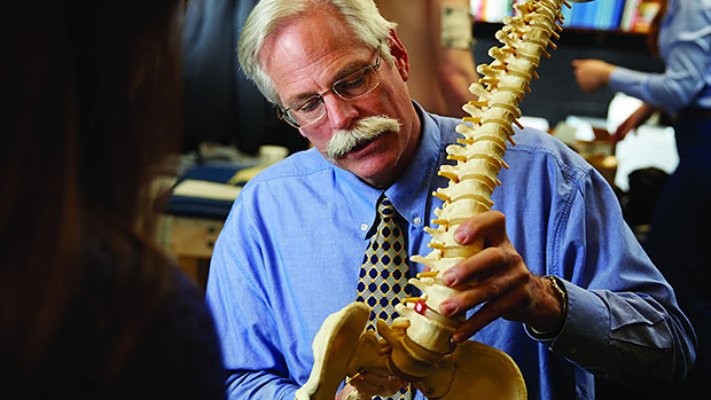
Stuart McGill: building a strong and resilient spine
In the world of strength and conditioning, Stuart McGill is a renowned figure who has dedicated his career to understanding the mechanics of the human spine and developing strategies to enhance its strength and resilience.
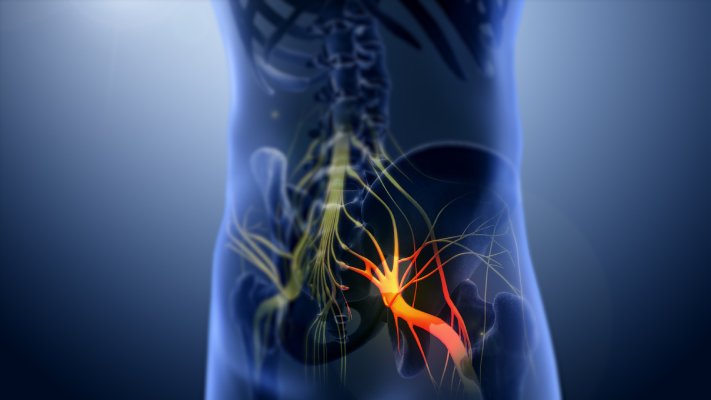
Understanding sciatica: causes, symptoms, and effective relief strategies
Sciatica is a common condition that affects millions of people worldwide. It is characterized by pain that radiates along the path of the sciatic nerve, which is the longest nerve in the human body. The sciatic nerve runs from the lower back, through the buttocks, and down the back of each leg.

The Vitality of Vitamin D Supplementation for UK Residents
Living in the United Kingdom brings its fair share of cloudy and rainy days, which can sometimes limit exposure to natural sunlight—the primary source of vitamin D. This essential nutrient plays a crucial role in maintaining our overall health and well-being.

5 delicious breakfast ideas to avoid insulin spikes and promote balanced energy
A healthy and balanced breakfast is the perfect way to kickstart your day. For individuals looking to maintain stable blood sugar levels and avoid insulin spikes, it's essential to choose foods that are low on the glycemic index (GI). The glycemic index measures how quickly a particular food raises blood sugar levels.

5 Outstanding benefits of body weight squats
Body weight squat exercises are a popular and effective form of resistance training that utilize the body's own weight to strengthen and tone the lower body muscles.
This exercise, often considered a foundational movement pattern, has numerous and proved benefits.

Why does exercise makes me feel generally happier? The science behind physical activity
When we engage in physical activity, our brains undergo a remarkable transformation, releasing a cocktail of chemicals that can uplift our mood, enhance our confidence, and reduce anxiety and stress.
A collection of informative and engaging videos that offer visual insights into the world of chiropractic care. Visual content is a powerful tool for education and empowerment, allowing you to deepen your understanding of chiropractic principles, techniques, and the benefits of maintaining a healthy spine.
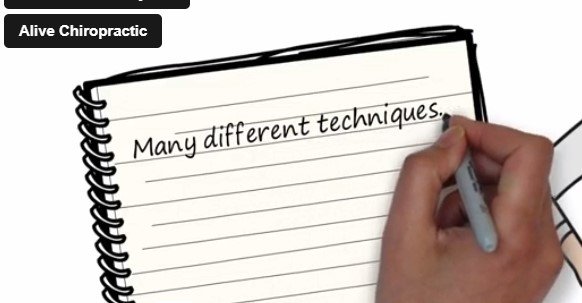
Chiropractic techniques
Chronic lower back pain is one of the most common musculoskeletal conditions causing disability and absence from work worldwide.
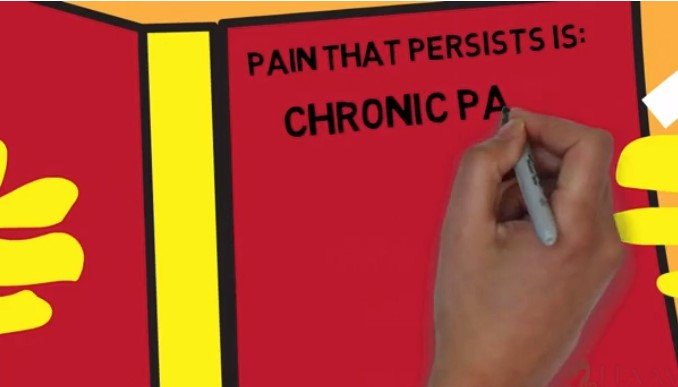
What is pain?
Sometimes, neck pain can be accompanied by radiating pain towards the shoulder blade or – in some cases – towards the arms.
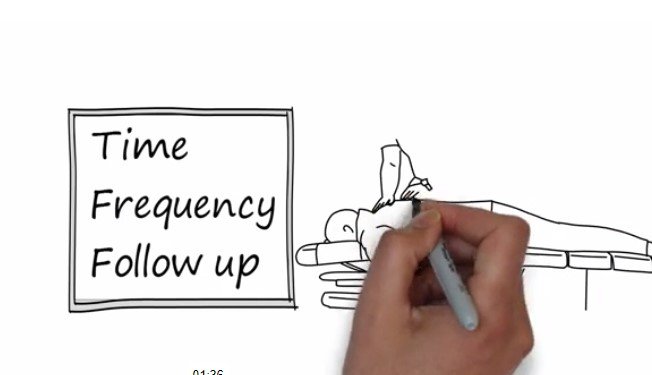
How often should I see my chiropractor?
If you suffer from frequent headaches or migraines, chiropractic care can provide effective relief.
